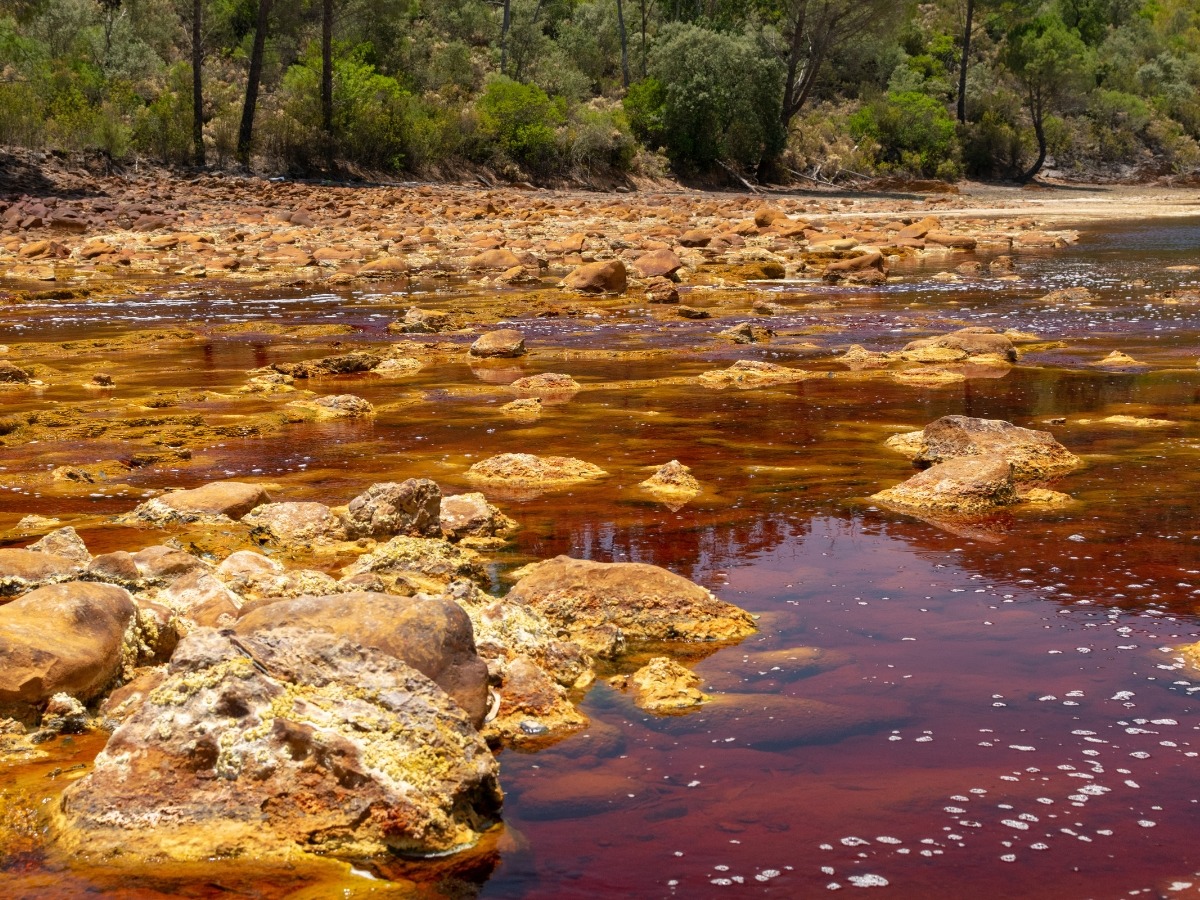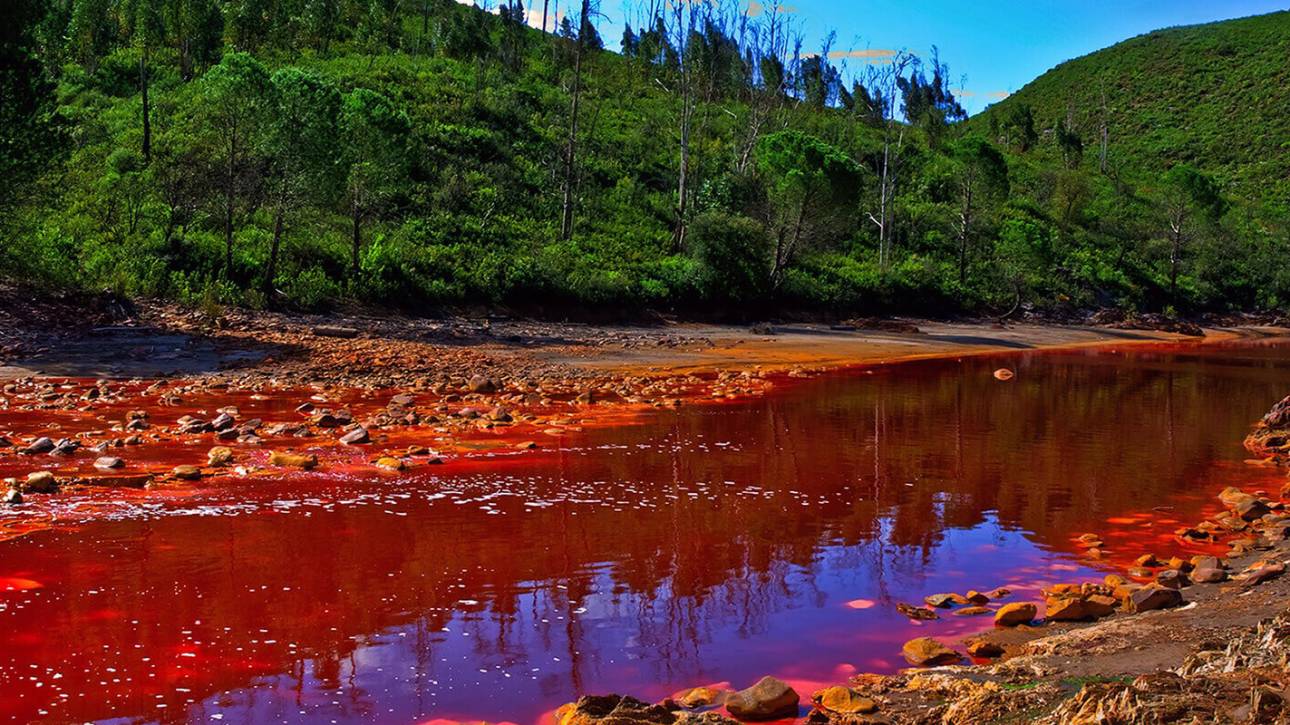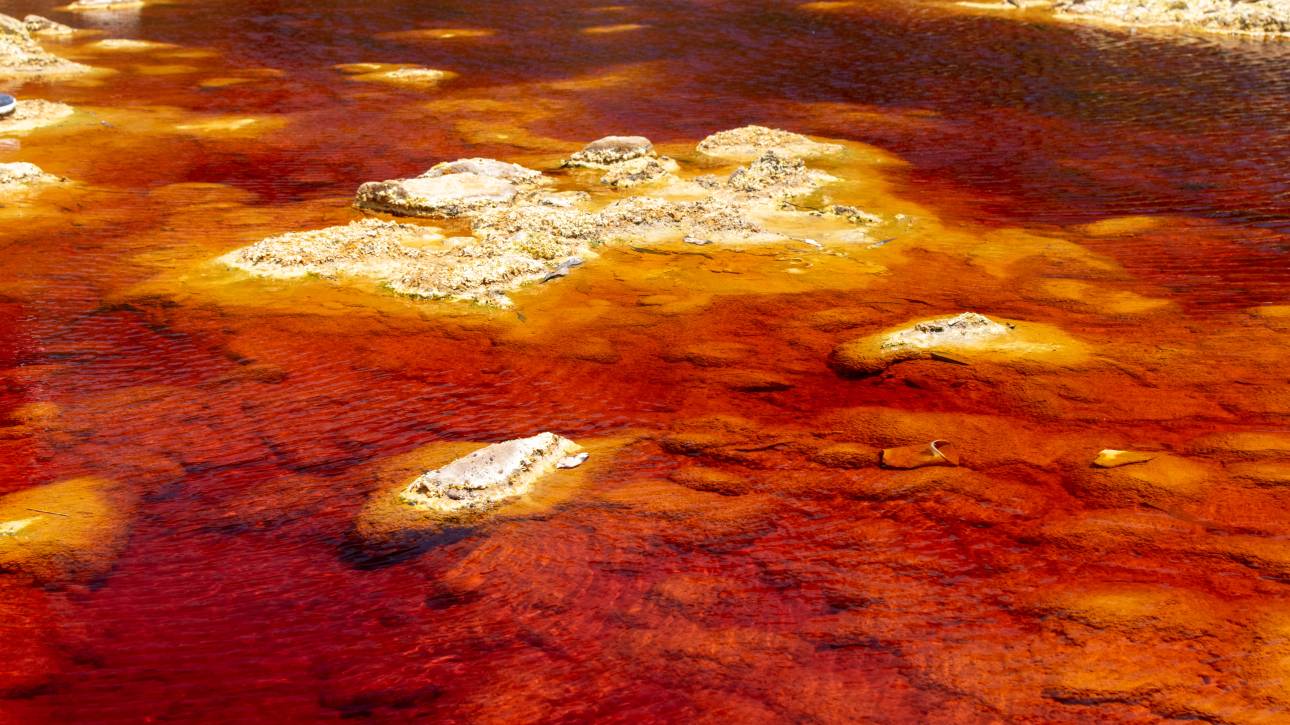Water Contamination
Habitat Destruction
Soil Degradation

Jadar River risks severe contamination
What Happens if the Jadar River Gets Polluted?
Pollution of the Jadar River due to lithium mining could have severe consequences for nature, surrounding rivers, drinking water, and fertile soil. This article explores how contamination of the Jadar River might impact ecosystems, human health, and agriculture in the region.
How could pollution of the Jadar River affect other rivers?
Pollution in the Jadar River could spread through waterways, contaminating tributaries and nearby rivers like the Drina. This could endanger a broader river ecosystem, affecting aquatic life and reducing water quality.
What would be the impact on drinking water?
If contaminants from mining are released into the Jadar, they could pollute drinking water sources. This would pose a risk to the health of residents who rely on the river for their daily water needs.
Could pollution affect agriculture?
Yes, polluted water from the Jadar could lead to the contamination of fertile soil through irrigation. This could decrease crop yields and quality, threatening local agriculture and food supply.
What are the ecological consequences for plant and animal life?
Chemicals and heavy metals from pollution can destroy habitats and threaten the survival of plant and animal species in the area, reducing biodiversity and disrupting the natural balance.




This is a consequence of mining
The Hidden Costs: Rio Tinto's Lithium Mining Operations
Rio Tinto's Lithium Mining: Environmental Facts
- Water Usage: Lithium mining by Rio Tinto can consume up to 500,000 liters of water per ton of lithium extracted, threatening local water supplies.
- Water Depletion: In regions like the Atacama Desert, mining operations have reduced water availability by as much as 65%, impacting both human and ecological needs.
- Chemical Contamination: Mining processes involve chemicals like sulfuric acid, which can leach into soil and water, contaminating them with toxic heavy metals such as arsenic and lead.
- Health Risks: Elevated levels of heavy metals have been found near mining sites, exceeding WHO safe drinking water limits and posing serious health risks.
- Habitat Destruction: The removal of topsoil and deforestation for mining operations destroys habitats, displacing wildlife and reducing biodiversity.
- Air Quality: Dust and emissions from mining sites contribute to air pollution, affecting respiratory health in nearby communities.

Rio Tinto’s lithium mining practices have raised significant environmental concerns, particularly around water usage and contamination. Extracting lithium often involves pumping millions of liters of water from underground aquifers, leading to severe depletion of local water resources. In Chile’s Atacama Desert, similar operations by mining companies have used up to 65% of the region’s water supply, impacting both the ecosystem and local communities. This excessive water usage can lead to the drying up of rivers, negatively affecting both aquatic life and agriculture.
Chemical contamination is another critical issue. During the lithium extraction process, chemicals like sulfuric acid are used to separate lithium from other materials. These substances can leach into surrounding soil and waterways, introducing toxic heavy metals such as arsenic and lead into the environment. Studies have shown that water samples from lithium mining sites often exceed safe drinking water standards set by the World Health Organization (WHO), posing health risks to humans and wildlife alike.

